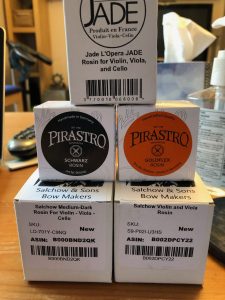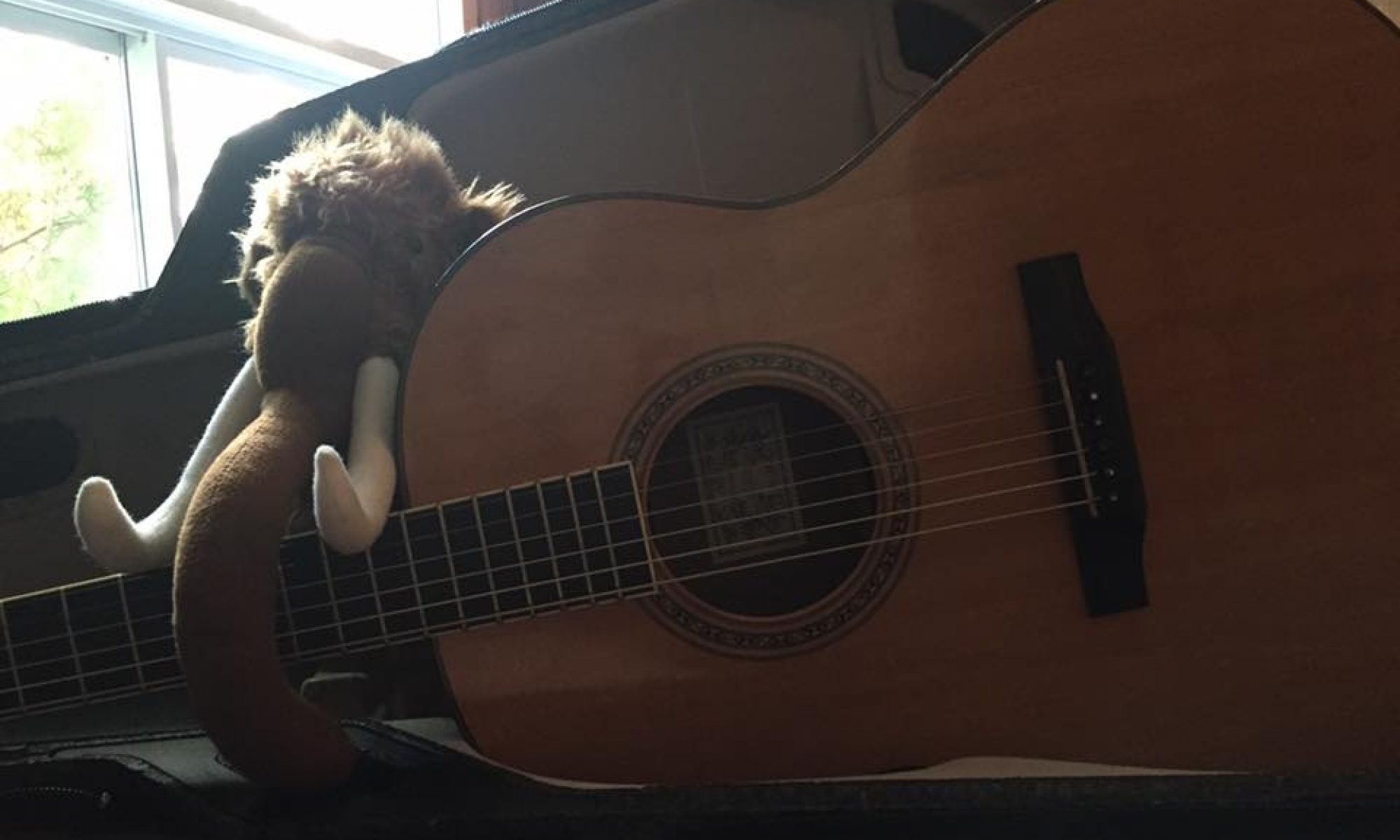This is a super-late post, as I’ve been lagging a lot on blogging. But I want to clear out my Drafts folder in WordPress, so here we go!
If you follow me on Facebook, you already saw me geeking out about this, this past late December/early January. But for the rest of you, here’s a post all about how I’ve been able to test various kinds of fiddle rosin I got from Dara as a holiday present.
My fiddle teacher, Lisa Ornstein, had suggested that I get better rosin to improve my sound. Up till that point, I’d been using the rosin I got with the instrument: a block of d’Addario Natural Light.
She recommended Salchow, so I put that on my wishlist–both the Light and the Dark kinds, as I didn’t know which one I wanted. But for 2018’s Solstice/Yule/Christmas/fill-in-your-favorite-winter-holiday-here, my belovedest Dara got me five different kinds of rosin. What she got me included:

- Salchow Light
- Salchow Dark
- Jade L’Opera
- Pirastro Goldflex
- Pirastro Schwarz
This, for the record, is a whole helluva lot of rosin. Lisa was deeply amused when I told her about this, too. Essentially, I have a lifetime’s supply of rosin here. But Dara maintained (and I agree with her) that it was appropriate to get a whole bunch of types to try out, so I could make an informed decision on which ones I liked best.
I did some preliminary tests when I got all of these, throughout the first couple weeks of January. So far I prefer the Jade, with a side helping of the Pirastro Schwarz. The Jade gives my instrument a nice clear bright sound, while the Pirastro Schwarz adds a bit more depth and nuance that I appreciate.
However, I learned that since multiple rosins on a bow at once can have different effects on your sound, I didn’t really properly test the Salchows and the Pirastro Goldflex. With the cloth I’m using to clean my strings, I can take care of this problem. If I very gently stroke it along my bow hairs, this helps eliminate prior rosin residue.
So now, for anybody who might find me when they’re looking up what sort of rosin to get, I’ll do a few more posts about my experiments with this stuff. (Particularly since I want to give the Salchows and the Pirastro Goldflex a better shake.) I’ll talk about all five types of rosin, cleaning the bow before switching to each. And I’ll record a sample of how I sound with each as well, to see if I can detect any differences.
This should be fun. Stand by for more to come!
